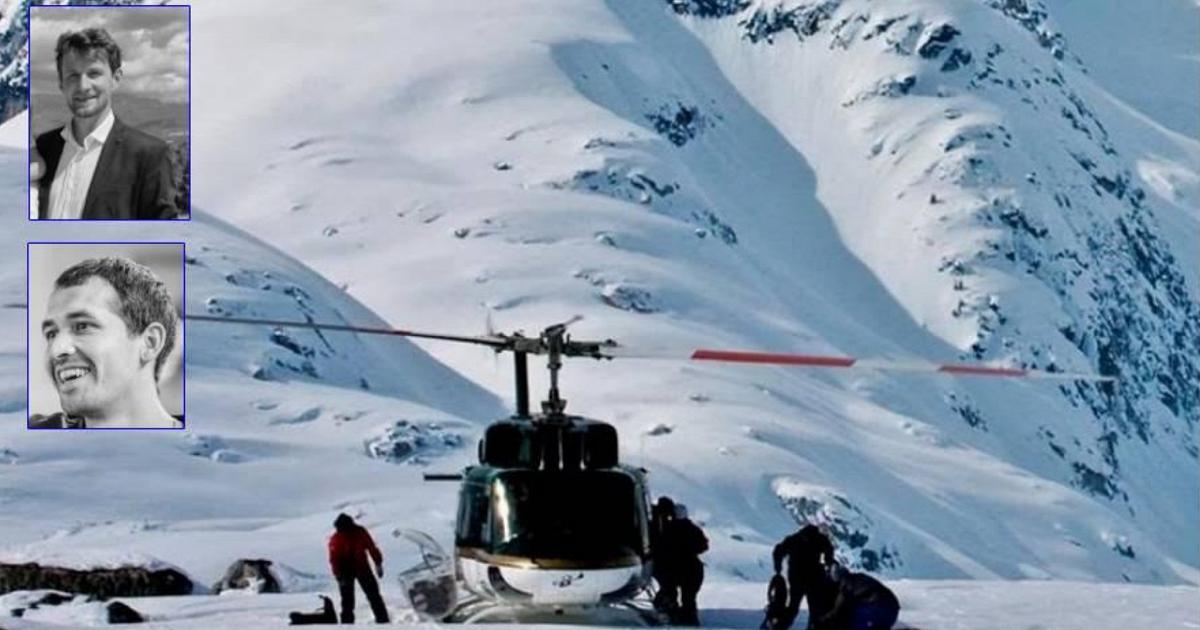An unforgettable experience: fly aboard a helicopter to the top of a mountain, then land in search of pristine snow. From there, with your skis on, go down the off-piste and enjoy the endless valley of fresh snow. This is how the most expert skiers who love to practice it define theheliskiing or heliskiing in the Italianized version of sport.
What is heliskiing?
Talking with Martino Peterlongo, president of the National Order of Alpine Guideswe discover that this is not an experience to be taken lightly, but a complex activity involving various levels of expertise.
First of all there is a car involved, the helicopter, and therefore you have to rely on safe and certified means. Secondly, you need to know the terrain where you are going to descend very well, which must be evaluated daily according to the terrain and weather conditions. This is why in heliskiing we rely on certified mountain guides who are trained specifically on the activity and who already have consolidated experience in the specific activity.
The necessary equipment
The participants in the expedition will be equipped with material for the rescue of the participants: the avalanche transceiver (transmitter device for searching for those caught in an avalanche). In the event of an accident it allows you to quickly find the person in difficulty. Then there are the shovel, the probe and the ABS backpack, with Airbag system. The guide will check the material and explain how it works. Wearing a helmet is a consolidated and widespread practice in the practice of this activity and in off-piste skiing in general.
Do you have to be a good skier to go heliskiing?
You don’t need to be an Olympic-level skier or pilot to board the helicopter, but you definitely need to have excellent ski control and be in good physical shape.
Where is heliskiing practiced in Italy?
Not all Alpine regions allow heliskiing. It is the regional administration that decides on the matter. In Trentino Alto Adige it is prohibited, while the activity is authorized in Lombardy, Piedmont, Valle d’Aosta and Veneto.
The descent takes place with respect for the surrounding nature. For this reason, if the territory is bound to a protected area, a feasibility study must be carried out by experts in the sector for the development of heliskiing.

